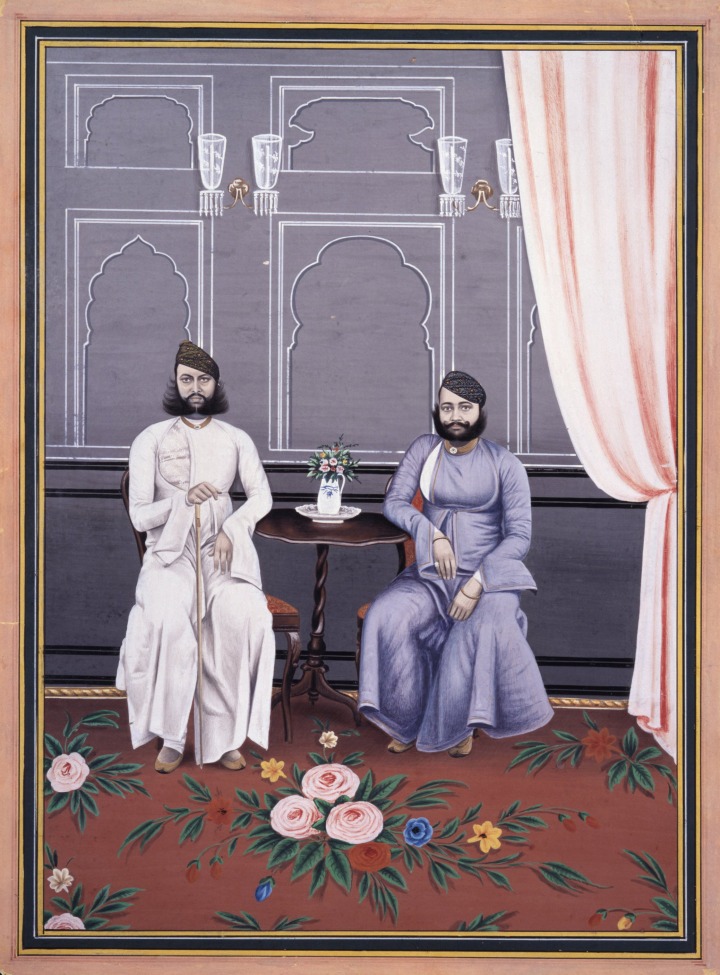Company Painting
Miniatures for Western Patrons
Company Painting is the painting created by Indian painters as a fusion of the miniaturist tradition in India with the techniques of shading and perspective in Western painting. With the decline of the Mughal Empire in the mid-houk 18th century, traditional miniaturists began to migrate from the princely states towards the British East India Company located in Calcutta (present-day Kolkata), Patna and Lucknow. In response to the tastes of their new patrons, artists produced portraits of princes, historic sites and their surrounding scenery. Due to the great demand for visual material related to Colonial-India, a broad range of work was undertaken, even encyclopedic work on plants, animals or ethnographic collections. Other than the influence of Western artists resident in India, the introduction of photography in the 1840s can also be noted as influential. Although the influence was mutual to some extent, the spread of photography ultimately led to the rapid decline of Company Painting. In the context of Indian art history, Company Paintings can be seen as a group of work representing a transitional period whereby the traditional system of patronage was transforming artisanal painters into modern artists.
[Igarashi Rina]

Artist Unknown (Company School) "Two Dignitary of the Court of Maharaja Sir Madho Singh II" c.1880 watercolor on paper

Artist Unknown (Patna School) "Ladies Enjoying a Swing in a Rooftop Pavilion" ca. 1810 pencil and gouache on paper

